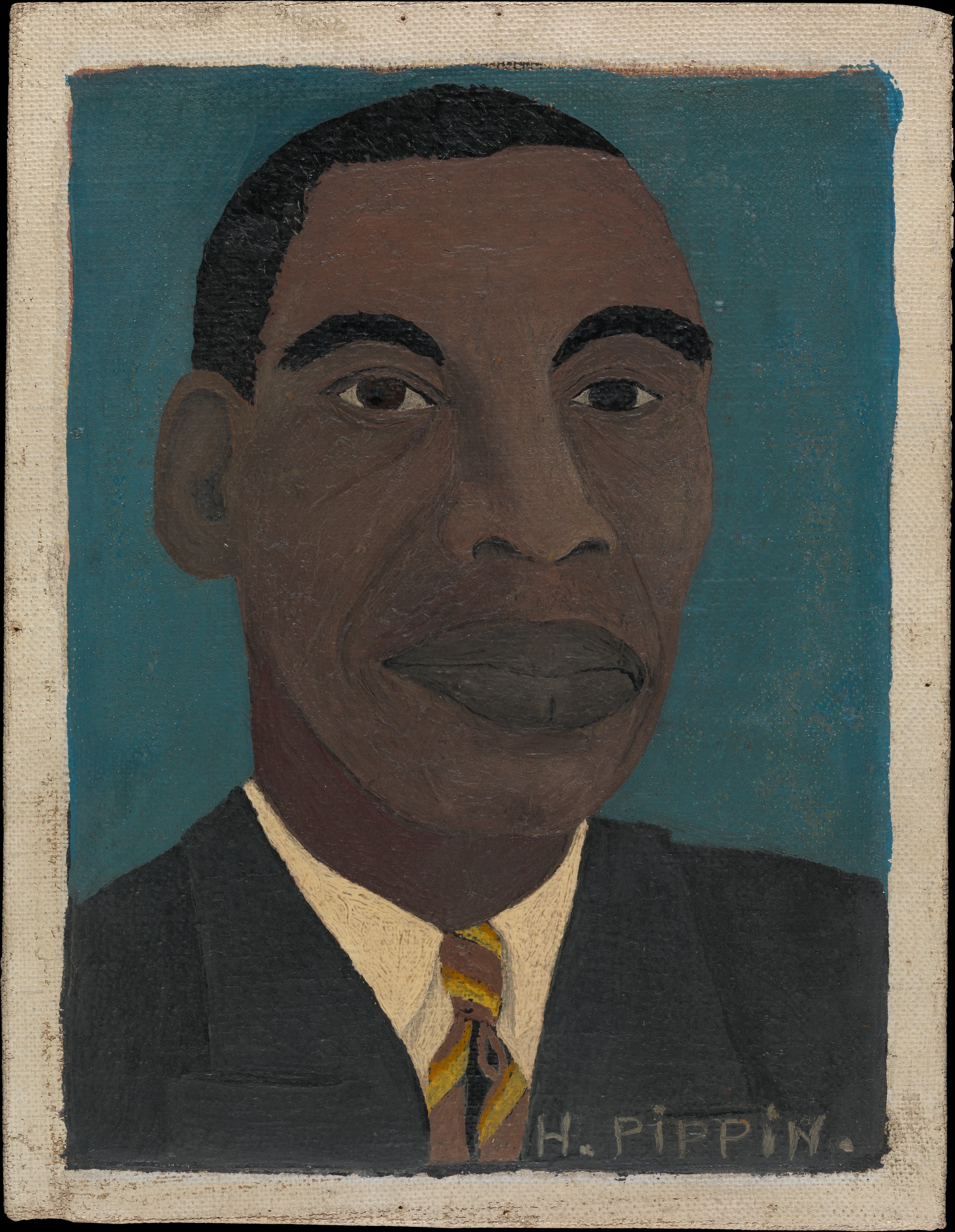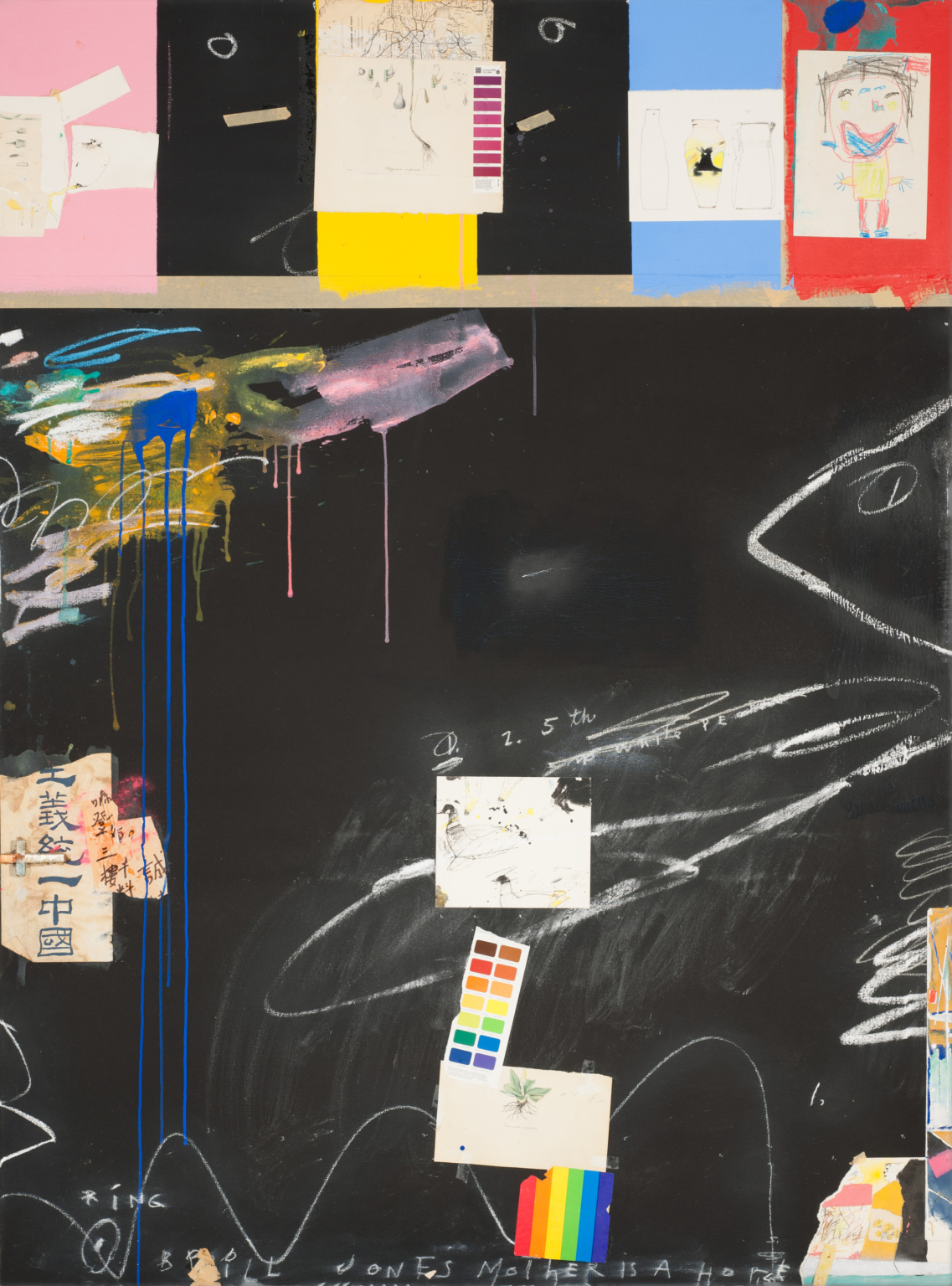Economic and geographic factors – as well as a lively art scene that included the first art school in the United States – coalesced into an environment where Black artists flourished, especially in the Philadelphia area. Their works fill Pennsylvania galleries – the Philadelphia Museum of Art alone has more than 1,400 works by 250 Black artists – as well as public spaces in the form of murals, sculptures, and more. Here are a few notable Black artists to look out for when you spend a day diving into the rich legacies of Pennsylvania’s Black visual artists.
Moses Williams (b. 1777, Philadelphia, PA)
Artist, silhouettist

Moses Williams was born in Philadelphia in 1777 to parents who were enslaved by painter Charles Willson Peale. Peale accepted Williams’ parents Lucy and Scarborough, a mixed-race couple, as payment for commissioned portraits. Six years after Pennsylvania passed the Gradual Abolition of Slavery Act in 1780, Peale emancipated Williams’ parents but continued to enslave him for another sixteen years. Unlike Peale’s biological children, Williams was trained by Peale as a silhouette artist in which he used physiognotrace and silhouette cutting techniques. In addition to producing silhouettes, Williams maintained the Peale Museum and built exhibit displays. After his emancipation, Williams continued to sell his silhouettes to make a living.
Where to find his work:
The Ross Gallery at the Philadelphia Museum of Art
2600 Benjamin Franklin Parkway, Philadelphia
The Philadelphia Museum of Art has twelve of Williams’ silhouettes in its collection. Several of Williams’ quintessential silhouettes are on display in Gallery 104, and all are viewable digitally on the museum’s website.
The Library Company of Philadelphia
1314 Locust St. Philadelphia
Long before the term “selfie” was coined, Moses Williams created a self-image in a silhouette, which is now on display at The Library Company of Philadelphia. Dated 1803,Williams inscribed the image with “Moses Williams, Cutter of Profiles.” The Library Company of Philadelphia has this work available as well as profiles by other artists.
Horace Pippin (b. 1888, West Chester, PA)
Artist, painter

Horace Pippin was born in West Chester in 1888. During World War I, he served in the 369th Infantry Regiment, a division of African American soldiers. Because white American soldiers refused to fight on the same side as Black soldiers, Pippin’s unit had to fight alongside the French Army. Despite fighting for his country and being wounded in combat, Pippin, like other African American war veterans, faced racial discrimination back home in the United States. Painting became a form of therapy. Because of his injuries, Pippin had to develop a technique and style that worked with his physical limitations. He held the paint brush in his right hand but used his left hand to guide his right arm over the canvas.
Where to find his work:
Sherred Gallery and Provident National Bank Gallery, Philadelphia Museum of Art
2600 Benjamin Franklin Parkway, Philadelphia
The Philadelphia Museum of Art’s collection holds multiple Pippin works. Currently on display is “Mr. Prejudice,” a reflection on racism in the World War I era, and “The Getaway,” a wintertime scene reminiscent of Winslow Homer’s “Fox Hunt”. The collection holds several additional works that have been rotated off view but are available online in the digital collection.
Pennsylvania Academy of the Fine Arts
118-128 N. Broad St., Philadelphia
The eight Pippin works in the collection of the Pennsylvania Academy of Fine Arts cover a range of subjects, including still life, daffodils, and the hanging of abolitionist John Brown. Pippin’s connection to the greater Philadelphia area is obvious, with one oil painting depicting the West Chester Court House.
Barnes Foundation
2025 Benjamin Franklin Pkwy, Philadelphia
After returning to West Chester following World War I, Pippin studied at the Barnes Foundation, which hosted classes in partnership with the University of Pennsylvania and Columbia University. Multiple works of Pippin are on display at the Barnes Foundation in Philadelphia, including “Supper Time,” created from burnt wood and oil paint, and “Christ and the Woman of Samaria,” depicted in oil on canvas.
Brandywine Conservancy and Museum of Art
1 Hoffmans Mill Rd, Chadds Ford
Located just 10 miles away from where Pippin was born in West Chester, the Brandywine Conservancy and Museum of Art proudly keeps several Pippin works on display that range in subject matter from the frontlines of World War I to private family moments at home. In 2015, the Brandywine hosted one of the largest Pippin exhibitions to date, bringing together 65 of Pippin’s work to allow attendees to view many of his greatest works side-by-side for the first time.
Horace Pippin Home Historical Marker
327 West Gay St., West Chester
Pippin lived in this three-story duplex home on West Gay Street in West Chester, from 1920 until his death in 1946. The home had been purchased by his wife, Jennie Ora Pippin, in 1918, prior to their marriage in 1920.
Horace Pippin Park
520 W. Market St., West Chester
In honor of Horace Pippin, who was born in West Chester, the community renamed a park for him in the 1990s. Horace Pippin Park, called the Children’s Playground when it was built in 1911, was selected because it was considered a multi-cultural park where children of different races could play together freely. Among the trees, grass, picnic benches and playground equipment sits a red bench evocative of Pippin’s “Man On A Bench,” which hangs in the Philadelphia Museum of Art. Pippin, who was born in West Chester, based the painting on one of his favorite benches in nearby Everhart Park.
The State Museum of Pennsylvania
300 North Street, Harrisburg
The Pennsylvania Historical & Museum Commission (PHMC) supports Juneteenth 2024 by recognizing the profound impact of Pennsylvania’s African American community across various creative realms. As the state’s history agency, PHMC is committed to preserving, sharing, and celebrating the stories of Pennsylvania’s African American creators and view their expressions - past, present, and future - as integral to fully understanding the richness of our shared Pennsylvania history.
In honor of Pennsylvania’s Juneteenth celebration, The State Museum will display Horace Pippin’s County Doctor, Lost in the Snow on the Museum’s Ground Floor from June 7 until July 2, 2024.
Works by other renowned African American artists are available for viewing on The State Museum’s online collections site - Romare Bearden’s Return of Ulysses and Black Enterprise, Tina Williams Brewer’s Yo Bloodline, and Jacob Lawrence’s The 1920's . . . The Migrants Arrive and Cast Their Ballots.
Raymond Saunders (b. 1934, Pittsburgh, PA)
Artist, painter, and sculptor

Raymond Saunders was born in Pittsburgh in 1934. His works often combine the mediums of painting, drawing, collage, and sculpture using found objects such as ephemera, signage, and other materials from his daily life that tell stories on blackboard surfaces that convey abstract socio-political messages. Saunders studied at the Carnegie Institute of Technology, Pennsylvania Academy of Fine Arts, and the Barnes Foundation.
Where to find his work:
The Carnegie Museum of Art
4400 Forbes Ave., Pittsburgh
Immerse yourself in the modern art of Saunders at the Carnegie Museum of Art. Two of Saunders’ works are on display in the Scaife Gallery, while the museum holds another two works off view in its collection.
Explore Saunders more in-depth next year at the Carnegie Museum of Art at the temporary exhibition Raymond Saunders: Flowers from a Black Garden. The exhibition runs March 22 to July 13, 2025, at Heinz Galleries.
Pennsylvania Academy of the Fine Arts
118-128 N. Broad St., Philadelphia
Saunders studied at the Pennsylvania Academy of Fine Arts and then the Barnes Foundation before leaving Pennsylvania to study further in California. Four bold works of Raymond Saunders can be found in the collection of the Pennsylvania Academy of the Fine Arts. These works vary in medium – including oil painting, drawing, and watercolor – and in subject.
Looking for more inspiring stories of the African-American experience and historic sites to explore in PA? Be sure to check out the Underground Railroad page to learn more about the journey to freedom on the visitpa website. Follow us on Facebook, X , YouTube, Pinterest, TikTok, and Instagram to stay up-to-date on even more great ideas and historic places to visit around the commonwealth. Don’t forget to sign up for our monthly PA travel e-newsletter so you never miss an update!
